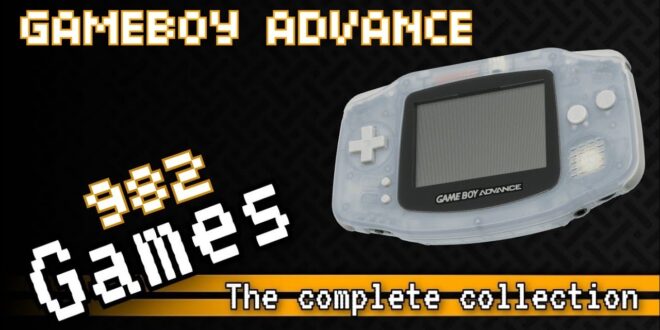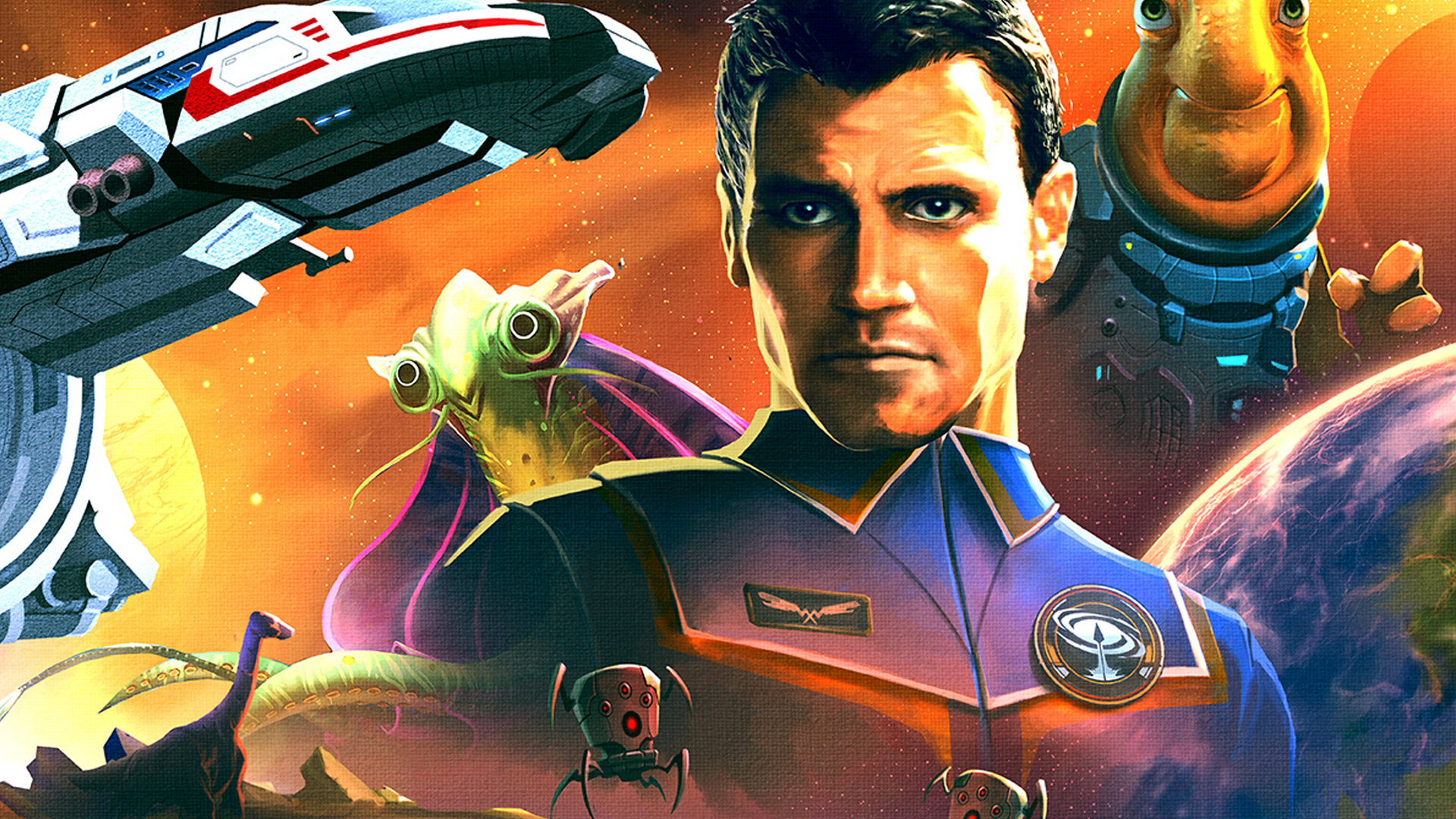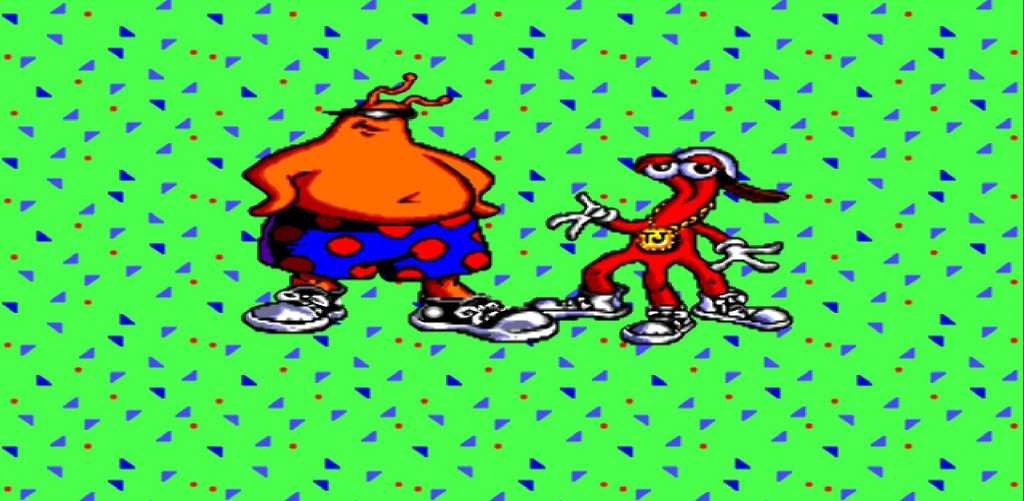(HEY YOU!! We hope you enjoy! We try not to run ads. So basically, this is a very expensive hobby running this site. Please consider joining us for updates, forums, and more. Network w/ us to make some cash or friends while retro gaming, and you can win some free retro games for posting. Okay, carry on 👍)
Enjoy our comprehensive retrospective as we showcase each and every one of the classic games developed for the Gameboy Advance in this captivating video journey.
The Game Boy Advance: A Look Back at a Handheld Legend
The Game Boy Advance (GBA), released in 2001, is a hallmark of handheld gaming, remarkable for its significant leap in power and capabilities from its predecessors. As we delve into the specs, history, and a general review of the system, it’s easy to see why the GBA is fondly remembered and revered by gamers worldwide.
Technical Specifications
The GBA boasted a 32-bit 16.8 MHz ARM7TDMI processor, a considerable upgrade from the 8-bit CPU of the Game Boy Color. It featured a 2.9-inch reflective TFT color LCD with a resolution of 240×160 pixels, displaying a rich palette of over 32,000 colors. The system had 32KB of internal RAM and 256KB of external WRAM, which was a substantial amount for a handheld console at the time.
Sound was produced through a dual 8-bit DAC for stereo sound, a step up from the mono output of its predecessors. This allowed for more complex and engaging soundtracks that greatly enhanced the gaming experience. The GBA also had an approximate battery life of 15 hours on two AA batteries, ensuring long play sessions without the constant need for a power source.
History
The Game Boy Advance was the brainchild of Nintendo’s Research & Development team, led by the late Gunpei Yokoi’s philosophy of using well-established technology to create affordable and durable gaming systems. It was the successor to the highly successful Game Boy and Game Boy Color.
Upon its release, the GBA received an overwhelmingly positive reception, quickly surpassing sales of its competitors. It was praised for its backward compatibility, allowing players to enjoy a vast library of games from the previous Game Boy systems as well as its own growing collection.
During its lifespan, the GBA underwent several design revisions, including the backlit Game Boy Advance SP in 2003 and the smaller, sleeker Game Boy Micro in 2005. Each iteration aimed to improve the portability and screen quality, a testament to Nintendo’s commitment to refining its products in response to consumer feedback.
System Review
Design and Ergonomics
The original GBA’s horizontal form factor was a departure from the vertical design of the original Game Boy. This made it more comfortable to hold for extended gaming sessions, and the placement of the buttons was well-thought-out for ease of use. However, the lack of a backlit screen in the original model made it difficult to play in low-light conditions, an issue that was rectified in later models.
Game Library
The GBA’s game library is one of its most celebrated aspects. It was home to an array of genres, from platformers like “Castlevania: Aria of Sorrow” and “Metroid Fusion,” to RPGs such as “Final Fantasy Tactics Advance” and “Pokémon Ruby and Sapphire.” It also featured innovative titles like “WarioWare, Inc.: Mega Microgames!” that capitalized on the system’s capabilities.
Performance
Performance-wise, the GBA was a powerhouse in the realm of handheld gaming. Games ran smoothly, with minimal load times and a consistent frame rate. The improved hardware allowed developers to create more visually and mechanically complex games, pushing the boundaries of what was possible on a handheld console.
Legacy
The Game Boy Advance holds a special place in gaming history. It bridged the gap between the simplicity of early handhelds and the more complex systems that would follow. Its robust library and significant advancements in handheld technology made it a beloved platform that paved the way for future innovations in portable gaming.
Conclusion
The Game Boy Advance was more than just a step up from its predecessors; it was a giant leap for handheld gaming. Its impressive specs, extensive game library, and continual design improvements ensured its place in the pantheon of classic gaming systems. Even today, the GBA remains a cherished piece of gaming history, fondly remembered by those who experienced its pixelated magic.
 Retro Replay Retro Replay gaming reviews, news, emulation, geek stuff and more!
Retro Replay Retro Replay gaming reviews, news, emulation, geek stuff and more!



